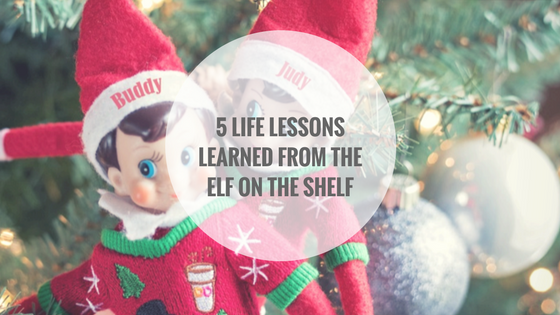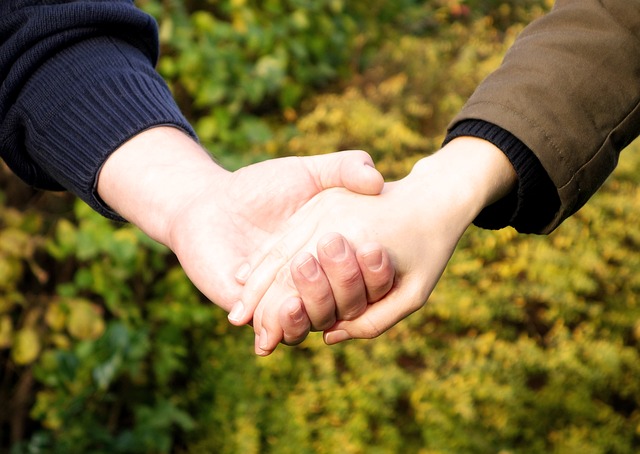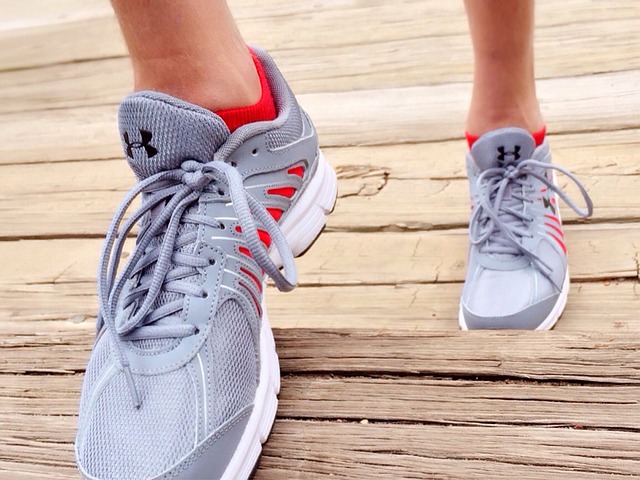Julie Entwistle, MBA, BHSc (OT), BSc (Health / Gerontology)
Co-written with Lindsay Sinclair, Occupational Therapist
Throughout our lives we all experience transitions. Whether it is a new job, retirement, the loss of a relationship, change in function due to injury or illness, or a change in environment, transitions are inevitable. Although transitions can be exciting, positive experiences, there is also a sense of anxiety and fear that is associated with the loss of the past and fear of the future. While feelings of nervousness and pessimism are common during life-change, there are strategies that can make transitions easier, helpings us recognize the silver linings in difficult situations, and transition into a brighter future.
The first important thing to realize about a transition, is that it is different than change. Change is something that happens to people in their lives, whereas a transition is the mental process that occurs as they go through that change. Put this way, change is somewhat out of our control, whereas we have the ability to control transitions through our thoughts and actions.
When it comes to controlling our thoughts about change, there are many strategies that can help turn negative rumination into positive hopes and dreams. First, it is important to accept change. When we play the “what if” game it is similar to trying to row a boat upstream (we won’t be going anywhere and it takes a lot of energy). If we can accept the change, and let the river take us where it is intending, we can enjoy the ride and get to our destination more smoothly. To accept change we can take comfort in the fact that there are elements of our lives that will stay the same, and at the end of the day, no matter what situation we are in, we are fundamentally the same person, regardless of the changes we will encounter.
One strategy to use to think more positively is to recognize when we are having negative thoughts and replace them with positive ones. For example, “What could be good about this change?”, “What new opportunities has this change brought me?”, “What am I thankful for in my life?”, “How has this change been a learning and growing experience?” Although on the surface some changes may seem to be only negative, the truth is that every change does bring something positive to someone’s life.
Reflecting can be an activity that helps foster positive thoughts during a transition. Whether it is journaling, blogging, or just thinking during a long walk, it is important to process emotions and deal with change. During reflection, we can think about all the times in our life we have been through a change, note the strategies that helped us through change in the past, and remind ourselves that we have successfully been through change before.
 Another strategy that helps during a change is to engage in behaviours that will facilitate a positive transition. During change, take things one step at a time; set small attainable goals, and connect these to long term goals for the future. Goal setting allows us to take back control over a situation and work towards something meaningful, which can help alleviate the anxiety of change caused by lack of control.
Another strategy that helps during a change is to engage in behaviours that will facilitate a positive transition. During change, take things one step at a time; set small attainable goals, and connect these to long term goals for the future. Goal setting allows us to take back control over a situation and work towards something meaningful, which can help alleviate the anxiety of change caused by lack of control.
To make transitions easier, engage in meaningful activity. When we isolate ourselves and become inactive, our physical and emotional health are affected, as we are left with too much time to ruminate. Participating in activities we enjoy can help make us feel more connected to who we truly are. For example, engaging in active exercise can boost positive feelings. Furthermore, by engaging in meaningful activities, we can connect with a new community, school, or group, which can help us integrate into a new environment.
Connecting with a social support system, or building a new social support system, is an important step in navigating transition. Finding a mentor who has been through a similar change, and seeking their advice on how they navigated change may be a helpful step to work through difficult times.
A useful quote for thinking about change is: “A ship is safe in a harbor, but that’s not what ships are for.” This quote serves as a reminder that safety is not productive but is merely a resting point, and we had to get to the harbor in the first place. So, if you are “in the harbor” get the rest you need before leaving port and venturing to another destination.
In the end, change is part of life and it helps people to grow and strengthen. Change is inevitable, and often times, uncontrollable, but transitions are not. We are in control of our own transition process, and we have the power to turn negative and suffocating experiences into a positive learning experience that enables our boat to sail onward.
If you are struggling with a change, or transition, and seem to be stuck in port, considering the services of an occupational therapist for helping you to become “unstuck” in a place that is likely not functional or productive for you.







